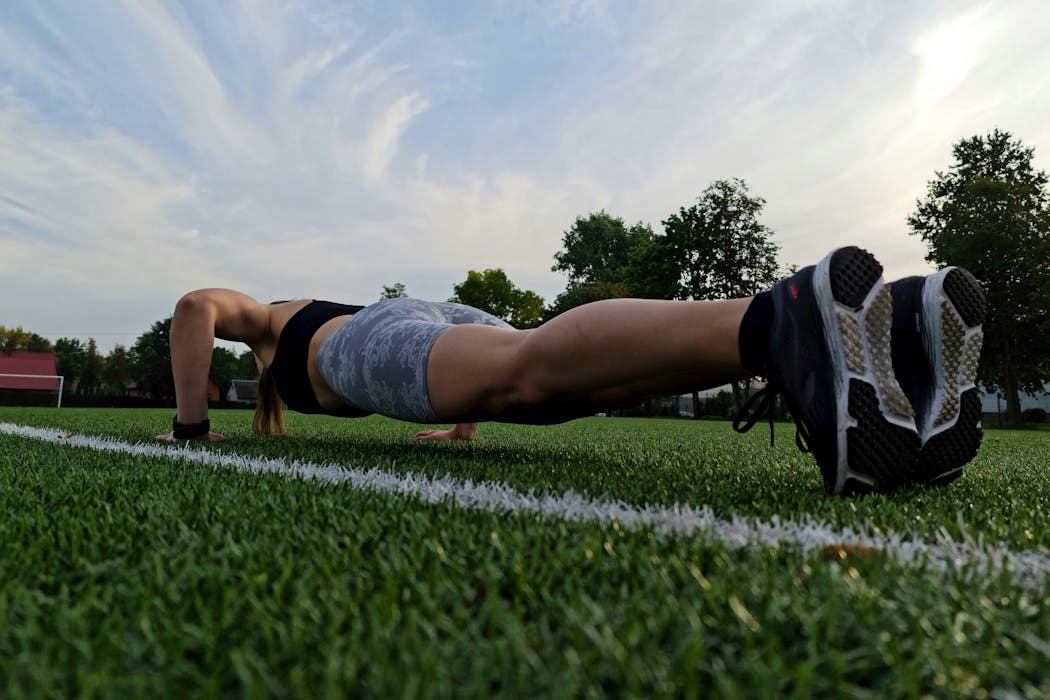how to ditch membership fees and expensive equipment
- Written by Dan van den Hoek, Senior Lecturer, Clinical Exercise Physiology, University of the Sunshine Coast

You don’t need a gym membership, dumbbells, or expensive equipment to get stronger.
Since the beginning of time, we’ve had access to the one piece of equipment that is essential for strength training – our own bodies.
Strength training without the use of external forces and equipment is called “bodyweight training”.
From push-ups and squats to planks[1] and chin-ups, bodyweight training has become one of the most popular ways to exercise because it can be done anywhere – and it’s free.
So, what is it, why does it work and how do you get started?
References
- ^ planks (www.theguardian.com)
- ^ Lawrence Crayton/Unsplash (unsplash.com)
- ^ use your own body weight (journals.lww.com)
- ^ especially for older adults (doi.org)
- ^ supporting mental health (doi.org)
- ^ suitable for older adults (bmcsportsscimedrehabil.biomedcentral.com)
- ^ competitive athletes (link.springer.com)
- ^ improving strength (doi.org)
- ^ physical function (doi.org)
- ^ no different from (pubmed.ncbi.nlm.nih.gov)
- ^ across diverse populations (doi.org)
- ^ improving aerobic fitness (pmc.ncbi.nlm.nih.gov)
- ^ avoids common barriers to exercise (journals.lww.com)
- ^ mimic everyday actions (journals.lww.com)
- ^ more effective than bodyweight training (cdnsciencepub.com)
- ^ exercise professionals (www.essa.org.au)
- ^ Nike Training Club (www.nike.com)
Authors: Dan van den Hoek, Senior Lecturer, Clinical Exercise Physiology, University of the Sunshine Coast










